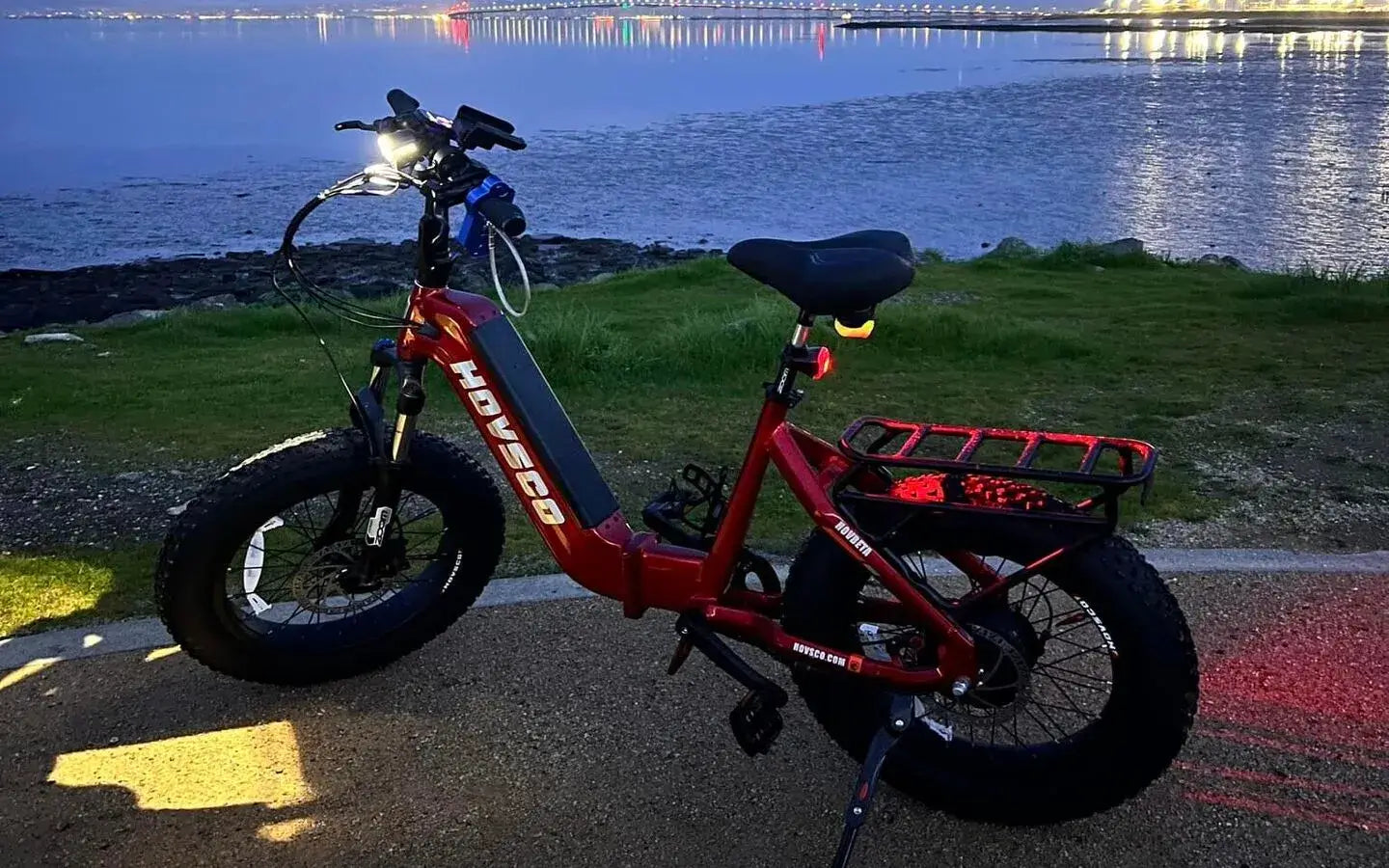
- by LiuJiazhu
Which Off Road Electric Bike Is Best in 2025? A Complete Guide
- by LiuJiazhu
An off road electric bike combines powerful motors, robust suspension, and durable tires to conquer rough terrains, trails, and mountains with ease. Ideal for adventure seekers, these e-bikes deliver high torque, long battery life, and superior handling on dirt, rocks, and mud. This guide explores what makes off road electric bikes exceptional in 2025, compares top models, and offers expert advice for choosing the perfect ride.
An off road electric bike is designed specifically for rugged terrain, featuring powerful motors (often 750W to 1500W), full or front suspension systems to absorb shocks, and wide, knobby tires for traction on uneven surfaces. Unlike city or commuter e-bikes, off road electric bikes prioritize durability, torque, and rider control, enabling exploration of trails, steep hills, and challenging landscapes. They often have reinforced frames and advanced braking systems to handle aggressive riding conditions.
Motor power directly affects climbing ability and acceleration on rough terrain. Models with motors ranging from 750W to 1500W deliver ample torque for steep inclines and fast trail riding. Battery capacity, often between 500Wh and 1000Wh, determines how far you can ride before recharging. Longer range batteries allow extended exploration without sacrificing power. High-end off road electric bikes balance motor efficiency and battery size for optimal performance and endurance.
Off Road Electric Bike Motor and Battery Comparison Chart
| Model | Motor Power | Battery Capacity (Wh) | Range (miles) | Suspension Type | Price Range |
|---|---|---|---|---|---|
| Rad Power Bikes RadRover 6 Plus | 750W | 672 | 25-45 | Front suspension 60mm | $1,399 |
| Cannondale Moterra Neo 4 | 85Nm (Shimano STEPS EP8) | 630 | Up to 75 | Full suspension 150mm | $5,900 |
| Specialized Levo SL Expert Carbon | High-performance Specialized motor | ~700 | 40-60 | Full suspension | Premium pricing |
| Stealth B-52 | High power, 72V system | 1000+ | Up to 100 | Advanced full suspension | High-end |
| Raptor X | 1500W | Large capacity | Variable | Cutting-edge suspension | Premium |
Full suspension systems with travel between 100mm to 150mm or more absorb shocks from rocks, roots, and drops, enhancing control and comfort. Front suspension forks are standard on budget models, while premium bikes include rear shocks for smoother rides. Tires are typically fat or knobby, ranging from 2.6” to 4” wide, providing grip and stability on loose or slippery surfaces like mud, sand, or snow.
Agile handling is essential for navigating technical trails and tight turns. Off road electric bikes feature geometry that balances stability at speed with maneuverability. Longer wheelbases improve straight-line stability, while slacker head angles help absorb impacts. Frames are often made from lightweight but durable materials like aluminum or carbon fiber to withstand harsh conditions without excessive weight.
Regular inspection of suspension, brakes, and tires is vital due to the stresses of off-road riding. Hydraulic disc brakes require periodic bleeding and pad replacement. Battery care includes avoiding deep discharges and protecting from extreme temperatures. Cleaning after muddy rides prevents corrosion. Wearing protective gear and understanding trail etiquette enhances rider safety.
When buying an off road electric bike, evaluate your terrain and riding style to choose appropriate motor power, battery capacity, and suspension. Consider trusted brands like HOVSCO that innovate in design and safety. Test ride models to assess comfort and handling. Prioritize bikes with reliable brakes, quality components, and good warranty support. Balance budget with desired features and ensure compliance with local e-bike regulations.
“HOVSCO’s off road electric bikes embody the perfect fusion of power, durability, and rider-centric design. Their focus on advanced suspension systems and robust motors ensures riders can confidently tackle challenging trails. With innovative battery technology and ergonomic frames, HOVSCO continues to push the boundaries of off-road e-bike performance and safety.”
Q: Can off road electric bikes be used for commuting?
A: Yes, many models like the RadRover 6 Plus double as capable urban commuters with added off-road versatility.
Q: How far can I ride an off road electric bike on a single charge?
A: Range varies by battery size and terrain but typically falls between 25 and 100 miles.
Q: Are off road electric bikes heavier than regular e-bikes?
A: Generally, yes, due to stronger frames, suspension, and larger batteries.
Q: What is the typical top speed of an off road electric bike?
A: Most range from 20 to 28 mph, with some high-performance models reaching up to 50 mph.
Q: Do off road electric bikes require special maintenance?
A: They need regular checks on suspension, brakes, and drivetrain due to rough terrain stresses.
Share:
What Durable Off-Road eBike Tires Excel on Rocky Terrain?
What Is an Electric Bike Off Road and Why Choose It for Adventure?